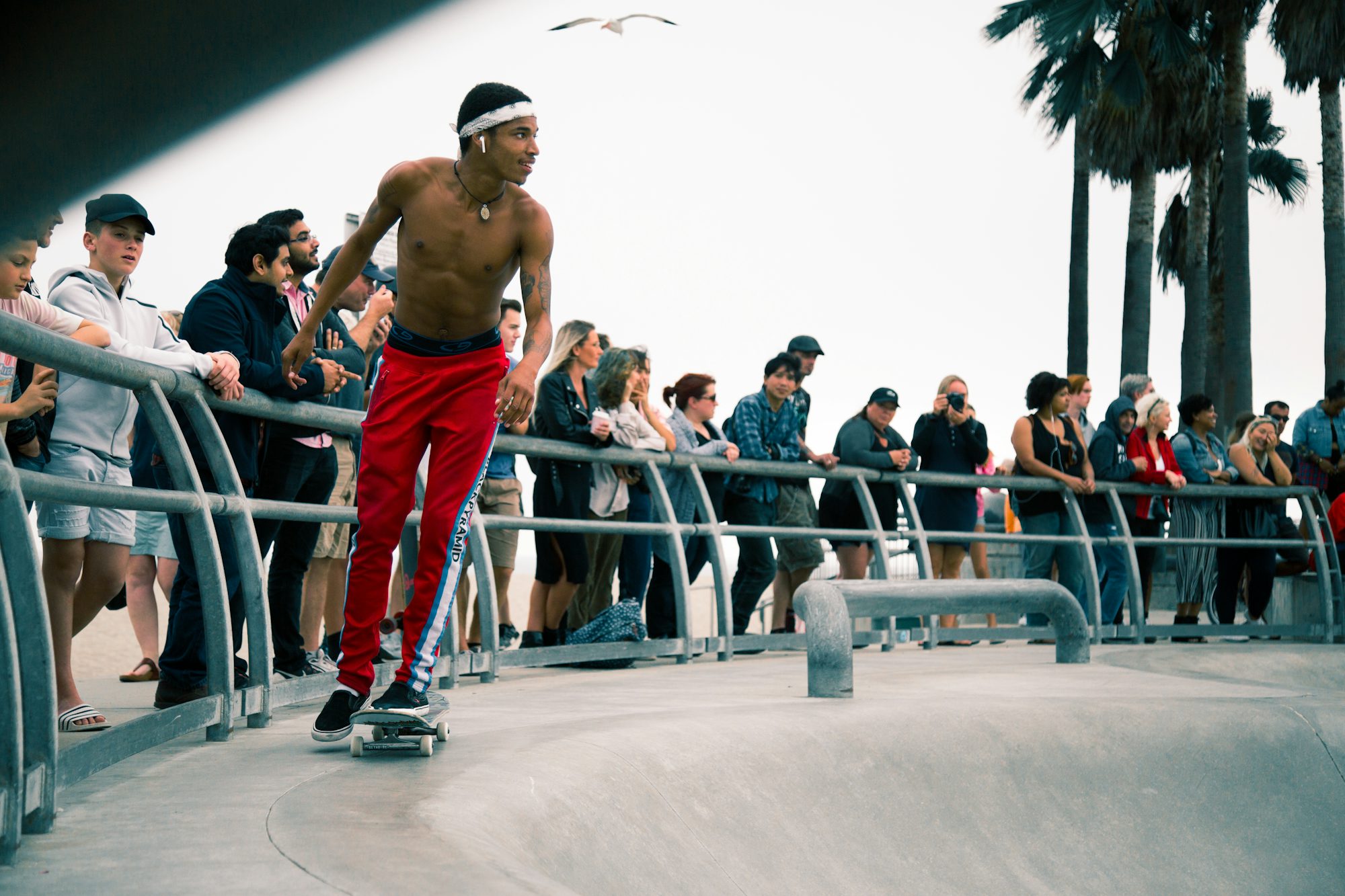
One of the most popular forms of skateboarding is street skating. This style turns urban environments into creative playgrounds, where skaters perform tricks on sidewalks, benches, stairs, and rails. Street skateboarding emphasizes creativity, encouraging riders to think outside the box and use their surroundings as a canvas for expression. Tricks like ollies, kickflips, and grinds require not only technical skill but also a keen sense of timing and spatial awareness.
The thrill of discovering a new spot and successfully executing a trick creates a deep sense of satisfaction among street skaters. The culture surrounding street skating is vibrant and collaborative; skaters often gather in groups, sharing tips, filming tricks, and cheering each other on. This sense of community fosters friendships and encourages skaters to push their limits, contributing to the sport's ever-growing popularity.
In contrast, vert skateboarding offers a different kind of excitement. This discipline is primarily practiced in skateparks equipped with ramps and halfpipes, allowing riders to launch themselves into the air and perform impressive aerial maneuvers. Vert skating requires a combination of strength, precision, and fearlessness, as skaters seek to master tricks like spins, flips, and grabs. The exhilaration of soaring above the ramp and the rush of adrenaline are what make vert skating so appealing.
Skateparks provide a unique atmosphere where riders can experiment and improve their skills. The supportive environment encourages skaters to share their knowledge, learn from one another, and celebrate their achievements. Each session becomes an opportunity for growth, as skaters refine their techniques and explore new tricks in the air. The camaraderie found in skateparks is a vital aspect of the sport, fostering a sense of belonging among riders of all skill levels.
Bowl and pool skating is another captivating style that emphasizes smooth, flowing movements. In this discipline, skaters ride in bowl-shaped structures or empty swimming pools, utilizing the transitions and curves to generate speed. Bowl skating is characterized by a sense of rhythm, as riders carve through the contours of the bowl, developing their style with each turn. The challenge of maintaining speed while executing tricks adds to the excitement, creating a unique connection between the skater and the terrain.
Freestyle skateboarding focuses on technical tricks performed on flat surfaces. This style highlights balance, footwork, and creativity, allowing skaters to develop their routines and express their individuality. Tricks such as handstands, shuvits, and pirouettes showcase the technical prowess and artistry inherent in freestyle skating. Without the influence of external obstacles, skaters are free to explore their creativity, crafting unique sequences that reflect their personal style.
Longboarding provides a different perspective on the sport, emphasizing cruising and carving rather than tricks. Longboards are designed for stability, making them ideal for smooth rides and long-distance travel. This style invites riders to enjoy the journey, whether they are gliding down hills or navigating through city streets. The experience of longboarding is all about relaxation and enjoying the ride, which appeals to a wide range of individuals.
Downhill longboarding adds an element of thrill, as riders tackle steep slopes at high speeds. This discipline requires exceptional balance and control, as skaters navigate turns while maintaining stability. The adrenaline rush of racing downhill, combined with the beauty of the surrounding landscape, makes downhill longboarding a favorite among thrill-seekers. This style not only provides an exhilarating experience but also fosters a deep appreciation for the outdoors and the environment.
Slalom skateboarding introduces precision and skill, as riders navigate courses set up with cones or obstacles. This style emphasizes agility and quick reflexes, challenging skaters to execute tight turns while maintaining speed. Practicing slalom improves coordination and enhances overall skating abilities, making it a valuable addition to any skater’s repertoire.
The community aspect of skateboarding is crucial to its growth and development. Skateparks serve as gathering places for skaters of all backgrounds and skill levels. These spaces are designed with various features, such as ramps, bowls, and rails, providing opportunities for experimentation and growth. The supportive nature of skateparks allows individuals to connect with one another, learn from each other’s experiences, and develop a sense of belonging within the skateboarding community.
For those seeking adventure beyond traditional skateboarding, off-road or all-terrain skateboarding presents exciting possibilities. Mountain boarding, for example, allows riders to navigate rough terrains with specialized boards equipped with larger tires. This style combines elements of skateboarding and snowboarding, attracting those who appreciate outdoor adventures and the thrill of exploration.
Riding off-road connects skaters with nature and challenges them to adapt to various environments. The spirit of adventure in off-road skateboarding encourages individuals to step outside their comfort zones and embrace new experiences. This unique blend of sportsmanship and exploration creates a rich tapestry of experiences for riders who seek excitement and variety in their skating journeys.
Crossover styles, such as street/park fusion, further illustrate the versatility of skateboarding. By blending techniques from different disciplines, skaters can create unique approaches that reflect their individuality. This fusion encourages innovation and experimentation, allowing riders to push the boundaries of what is possible on a skateboard.
As skateboarding continues to grow, it remains an inclusive sport, welcoming newcomers and experienced riders alike. The diversity of styles ensures that there is something for everyone, whether one prefers the technical challenges of freestyle or the exhilaration of downhill longboarding. The strong sense of community within skateboarding fosters an environment where individuals can connect, share their passions, and inspire one another.
In conclusion, skateboarding is a multifaceted activity that encompasses a wide range of styles and techniques, each offering a unique experience. From the creativity found in street skating to the adrenaline rush of vert and bowl riding, the world of skateboarding invites individuals to embark on their journeys of self-expression and exploration. As skaters delve into these diverse styles, they not only develop their skills but also become part of a vibrant community that celebrates freedom, creativity, and individuality. Whether you are a beginner or a seasoned skater, the exhilarating world of skateboarding has a place for everyone.